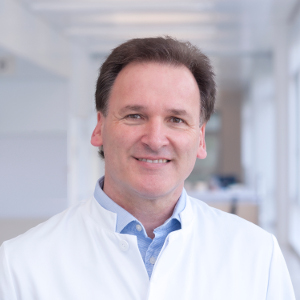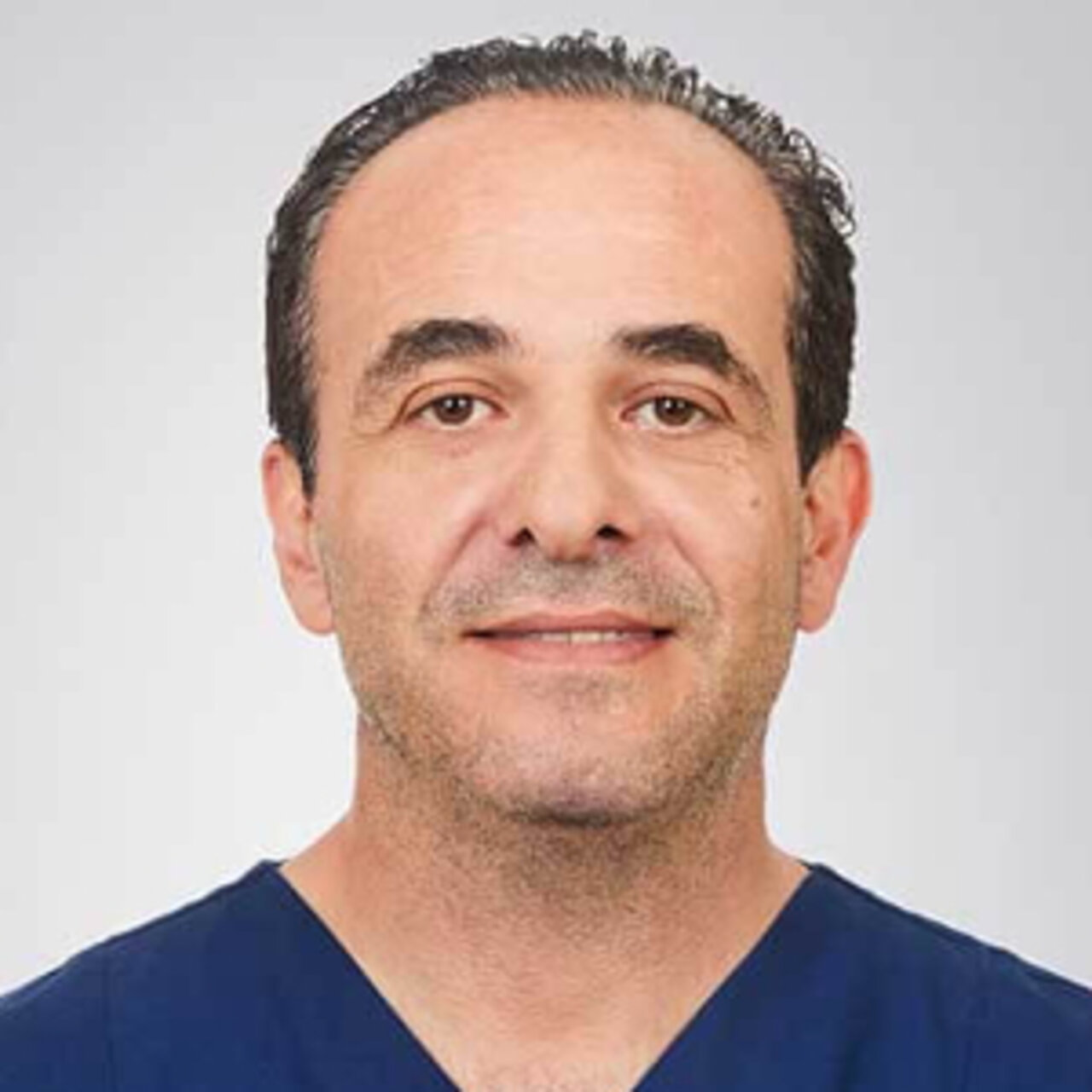Specialists in Mammography
5 Specialists found
Information About the Field of Mammography
What is a mammography?
Breast cancer is the most common cancer in women and remains the leading cause of cancer-related deaths. Around 70,000 women are annually diagnosed with breast cancer in Germany and the numbers are rising.
Early diagnosis of the breast cancer is essential, as this enables early detection of the cancer, meaning that treatment can be started early, and the chances of recovery are very good. For this reason, mammography screening was introduced throughout Germany in 2005 as a preventative measure. It complements the usual breast palpation performed by a gynecologist. Since 2005, all women in Germany aged 50 to 69 have been invited every two years via letter to undergo a mammogram. This has led to a significant increase in breast cancer cases since 2005, as many previously undetected cases have been diagnosed through this screening.
When is a mammogram performed?
A mammogram is advised if the attending specialists (gynecologist) sees or detects suspicious changes when palpating the breast. Changes to the breast include a retracted nipple, bloody secretions, unclear breast pain (mastalgia) and a palpable lump.
However, even without suspicious changes, a mammogram should be carried out every two years between the ages of 50 and 69.
If there are risk factors for breast cancer (previous history of breast cancer, or a family history of breast cancer), then a mammogram should be carried out yearly starting at the age of 30.
Between the ages of 20 and 35, a mammogram should only be performed in exceptional cases and not at all under the age of 20.
In younger women, false diagnoses are common due to water retention and firmer, more sensitive tissue, which can lead to extreme psychological stress.
How is a mammogram performed?
No preparation is necessary for a mammogram.
The X-ray examination is performed by a radiologist using either a conventional (film-based) or digital mammogram. Each breast is examined individually, placed on a plate, and compressed from above by another plate. The X-rays pass from top to bottom, using soft X-rays (in contrast to the hard X-rays used in conventional X-rays of the body). This softened X-ray beam allows finer structures of the breast's soft tissue to be visible.
Digital images have the advantage of providing more precise imaging, even in cases of dense glandular tissue.
The mammogram results are evaluated by a specialist, who compares both breasts side by side. The examiner looks for any asymmetries, small calcifications (microcalcifications), and areas of shadowing.
Microcalcifications can indicate early stages of breast cancer. Furthermore, the presence of star-shaped extensions (also known as spicules) or an indistinct border around the suspicious area are signs that may suggest malignancy.
What are the benefits and risks of mammography?
How much the mortality rate can be reduced through mammography will become clearer in the coming years. However, what is certain is that mammography has already contributed to a decrease in breast cancer mortality.
As with any screening test, mammography does not detect all cases of breast cancer. About 5-8% of palpable tumors are not visible on a mammogram. In such cases, additional tests like ultrasound or a biopsy may be necessary.
Overall, mammography has a very good sensitivity of 85-90%. This means that 10-15% of breast cancer cases may go undetected. However, the method is relatively non-specific. False positives, where suspicious findings point to a potential cancer diagnosis, are common, but often these findings indicate benign breast changes. This is why a biopsy is usually performed to confirm or rule out cancer.
There are also concerns about the potential risk of developing cancer due to repeated radiation exposure from mammography. However, this risk is extremely low due to the minimal radiation dose used in the procedure.
If you have any further questions about mammography and the benefits and risks involved, please contact the specialist in gynecology of your choice.
Which doctors and clinics specialize in mammography?
Anyone in need of a doctor would expect the best possible medical care for themselves. Therefore, patients are looking for the most suitable clinic for their needs. Since this is not an objective decision and a respectable doctor would refrain from claiming to be the best, patients must trust the experience of a doctor.
We can help you find an expert for your condition. All the doctors and clinics listed have undergone extensive review and have been verified by us for their outstanding specialization in mammography and ready to address your questions and treatment requests.





